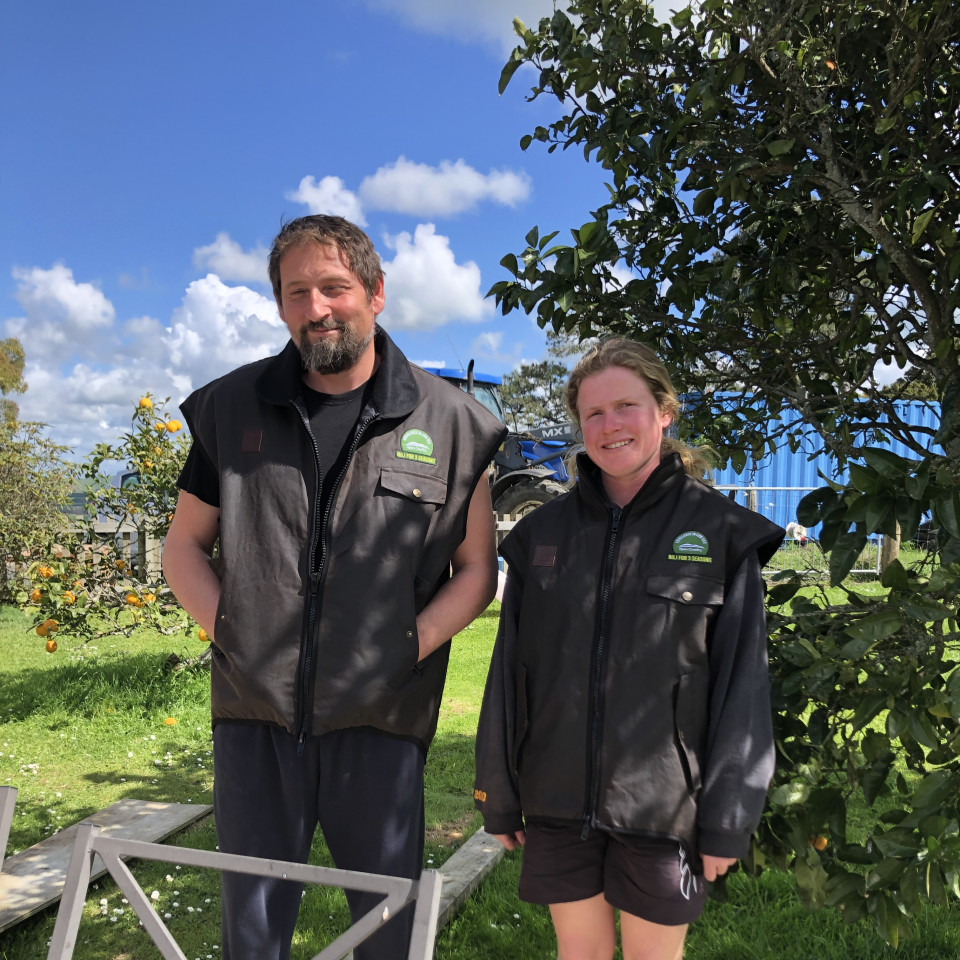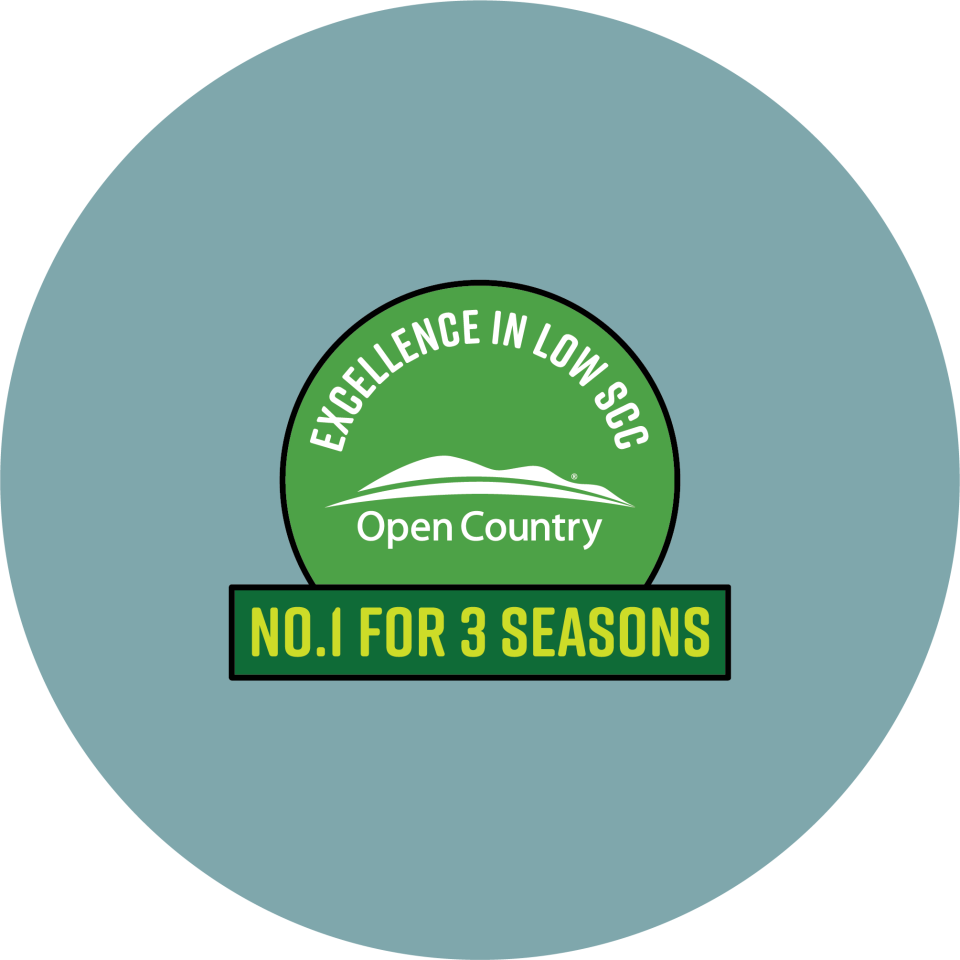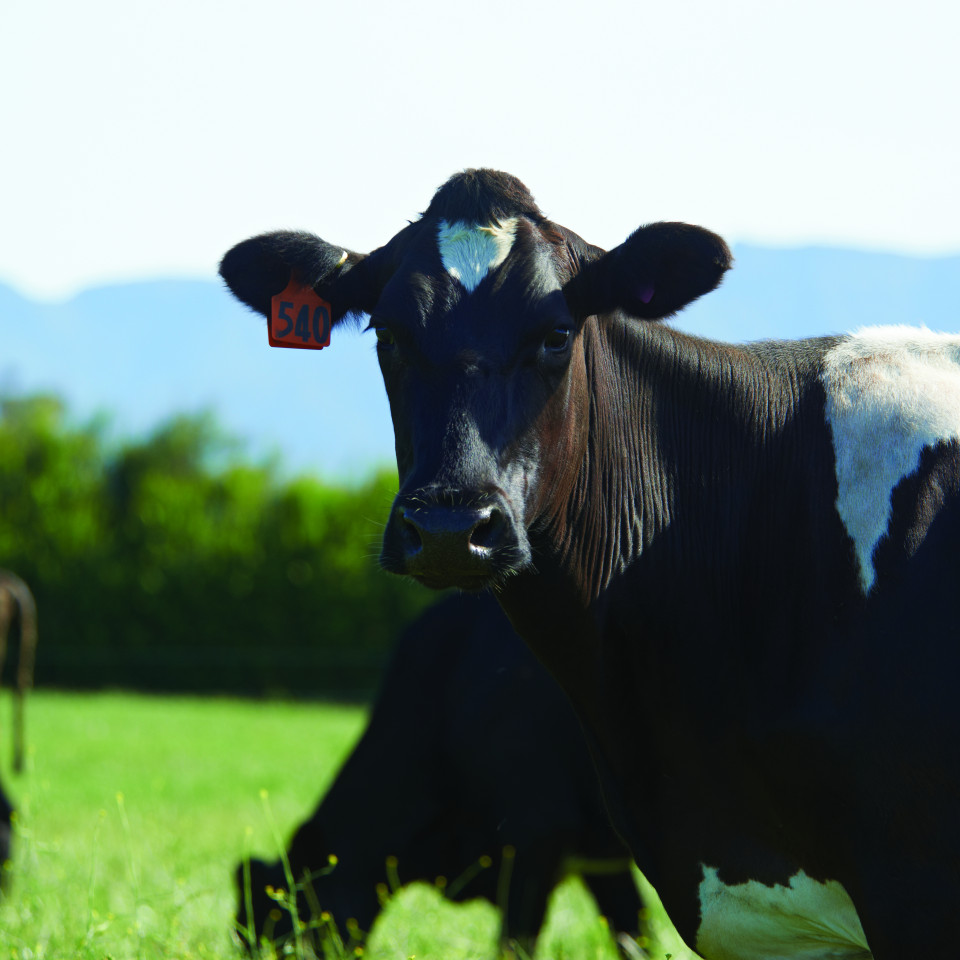Somatic Cell Count Success Three Years Running
Waikato sharemilkers Alex and Michelle Parrott have topped Open Country’s lowest somatic cell counts for three seasons running but they say the winning secret is their farm worker Bernie Marneth-Rust.
The Parrott’s have been sharemilking on a 92-hectare property at Kiwitahi, near Morrinsville, owned by their friends, Kelvin and Raewyn Park for the past eight years.
For the last three seasons they have had Open Country’s lowest somatic cell counts for the Waikato region, and while they do focus on dry cow treatments at the end of each season, Alex says Bernie has been a key player in their success.
The 21-year-old joined them three years ago, soon after finishing high school and with no real farming experience, but extremely eager to learn the ropes.
“Bernie works so hard. She’s diligent and has a real passion for working with animals. She has learnt extremely quickly, and the results we are getting on farm are a credit to her,” says Alex.


